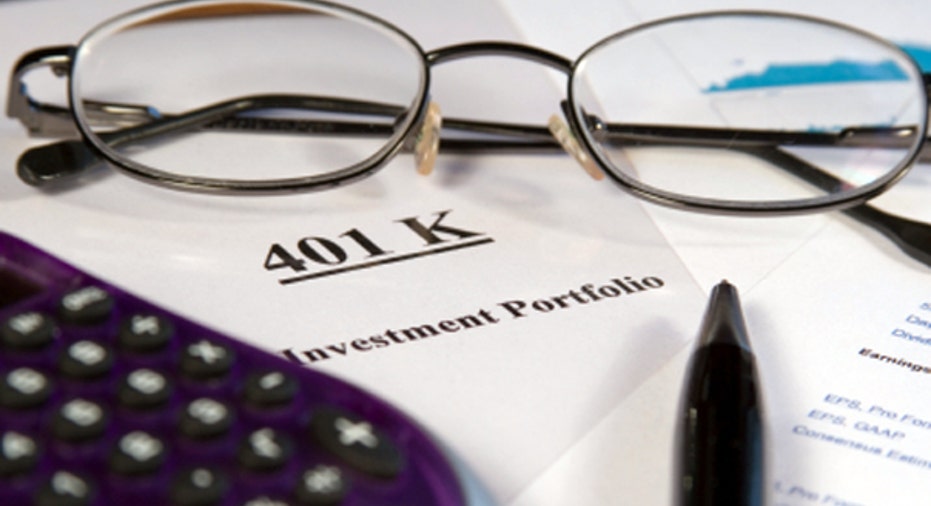Individual 401(k)s May Offer Self-Employed More Advantages Than a SEP IRA

Both the Simplified Employee Pension (SEP) IRA and the Individual 401(k) offer great retirement options for the self-employed. But when compared side-by-side, the Individual 401(k) comes out ahead as it offers more and better options for solo workers looking to accelerate levels of contributions while reducing annual taxes.
At first blush, both plans have very high 2011 savings limits of $49,000. However, if you’re 50 years of age or older, the 401(k) allows for a $5,500 catch-up to save $54,500 a year – something a SEP IRA doesn’t.
And while the SEP IRA can be a little less expensive to manage, the solo 401(k) offers greater flexibility in managing taxes, provides access to savings penalty-free in case of emergency, and enables the self-employed to max-out his savings faster. In fact, the Individual 401(k) can both help you save more for retirement with less income than a SEP can and also help shelter more from taxes including the potential for a significantly lower adjusted tax rate and bracket.
How They Compare Side-by-Side
Here’s a chart that compares each plan side-by-side:
Max-Out Savings Significantly Faster with a 401(k)
A SEP IRA enables a self-employed business to put 25 percent of W-2 earnings or 20% of net self-employment income into the plan. The same is true for a 401(k) with a significant wrinkle that can help maximize personal savings faster. Here’s why: In an individual 401(k) the plan holder is considered both an employee and employer. As an employee the plan holder can contribute 100% of compensation into his 401(k) up to $16,500 if under 50 years of age, or $22,000 if 50 or over. The self-employed can then profit share the 25 percent of W-2 or 20% of net self-employment income.
Here’s an example to show you how it works with the following assumptions:
No. 1: As most self-employed businesses are sole proprietorships or 1099s, let’s use 20% of net self-employment income as the basis for the comparison
No. 2: Let’s also assume the self-employed person is under 50 years of age.
No. 3: The 401(k) owne r is providing all contributions tax-deferred (not using the Roth option).
In this example, the self-employed worker can earn $82,000 less with a 401(k) to hit the $49,000 savings limit. This can save the 401(k) holder a lot more in taxes for the current calendar year on both the income that the IRS will tax and keeps the owner in a lower tax bracket, so an overall lower tax rate is achieved for the calendar year.
While both the SEP IRA and the Solo 401(k) offer great retirement and tax-saving benefits to the self-employed, the 401(k) may be a better option for many that are seeking a faster path to maxing-out contributions by leveraging the status of both employer and employee.
Stuart Robertson is general manager and principal of ShareBuilder Advisors, LLC which operates www.ShareBuilder401k.com. ShareBuilder Advisors, LLC is a subsidiary of ING Bank, fsb.



















